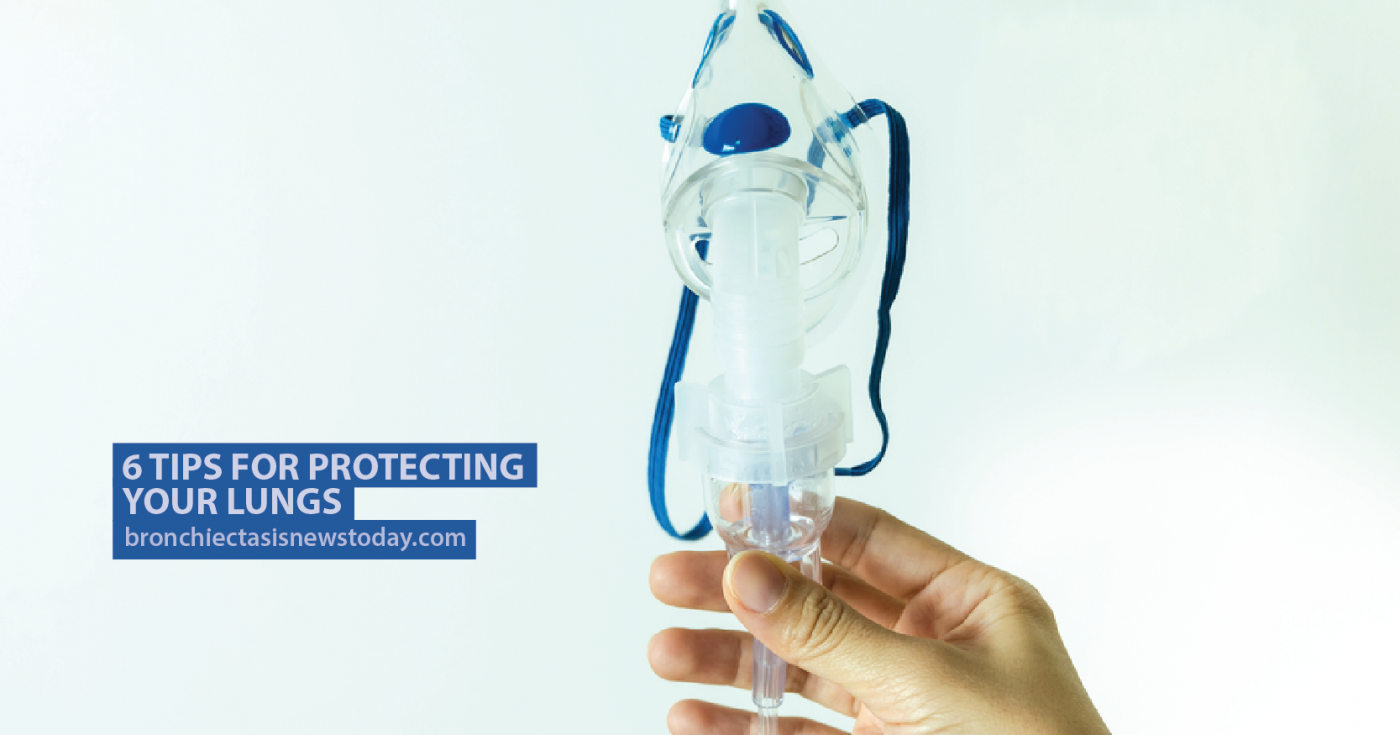We only get one set of lungs so it’s imperative that we look after them. This is even more important with diseases that directly affect the lungs, as it could help slow down its progression and ease the symptoms. To help you take the best possible care of your lungs, we’ve put together a list of six tips using information from the American Lung Association.
Don’t smoke
Cigarette smoke is the leading cause of lung cancer and other serious lung diseases such as chronic obstructive pulmonary disease (COPD) and bronchiectasis. If you have an existing lung condition, smoking will only hasten the progression of the disease and worsen the symptoms.
Quitting smoking is the best thing you can do to protect your lungs. If you find it difficult to quit on your own, ask your doctor for some practical help.
Avoid pollutants
Home and workplace chemicals, heavy traffic pollution, chemical fumes, smoke, secondhand cigarette smoke and even some toiletries such as perfumes and hair products can aggravate the lungs. If you can’t avoid being exposed to these, ensure that you have adequate ventilation or can wear a face mask.
Test for radon
Get your home and workplace tested regularly for radon, a naturally occurring gas that is colorless and odorless. It builds up over time due to uranium in rocks and soil breaking down and goes through chemical changes from uranium to radium to radon. Once the radon starts to break down it releases radioactive byproducts which can be inhaled.
RELATED: What to expect when living with bronchiectasis.
Prevent infection
Good hygiene and keeping up with yearly vaccinations against flu and pneumonia (if necessary) will help you avoid seasonal illnesses. Steer clear of others who are ill and wash your hands regularly. Keep workstations that are used by many people as sterile as possible.
Visit your doctor regularly
Have your doctor check out any changes to your health, no matter how small or insignificant you think they may be, particularly if you start to suffer from breathlessness, a persistent cough, chest pain or fatigue.
Exercise
Moderate exercise which leaves you feeling breathless will help your lung function and improve your overall health. Breathing exercises such as belly breathing will help you to increase lung function as well as relax and allow more oxygen to reach your muscles.
RELATED: Discover eight interesting facts about the lungs.
Bronchiectasis News Today is strictly a news and information website about the disease. It does not provide medical advice, diagnosis or treatment. This content is not intended to be a substitute for professional medical advice, diagnosis, or treatment. Always seek the advice of your physician or another qualified health provider with any questions you may have regarding a medical condition. Never disregard professional medical advice or delay in seeking it because of something you have read on this website.


I experience some minor lung issues before and it was the reason why I quit smoking. I don’t want to experience more lung complications in the future.
Air pollution is definitely noticeable in our area. I always used mask whenever I walk or commute. It is my way to take care of my lungs.
I have been diagnosed with IPF and Bronchiec tasks in the upper lobs. Low saturation 72% and low Oxygen level 37.
I have been diagnosed with IPF and Bronchiec tasks in the upper lobs. Low saturation 72% and low Oxygen level 37. I have been priscribed with 24/7 oxygen. What is the best stationary concentrator. I am looking for a Philips Q OPI but I must have a built-in nibulizer and oximeter